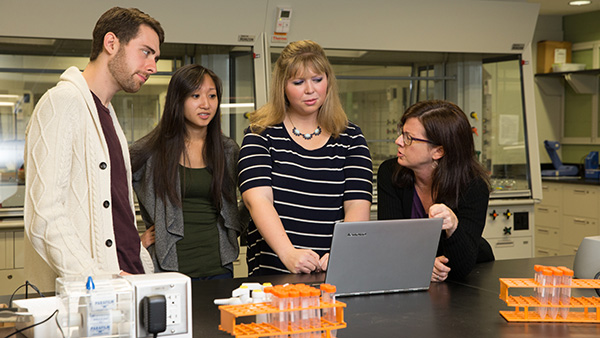
Using Experiential Learning as Service-Learning

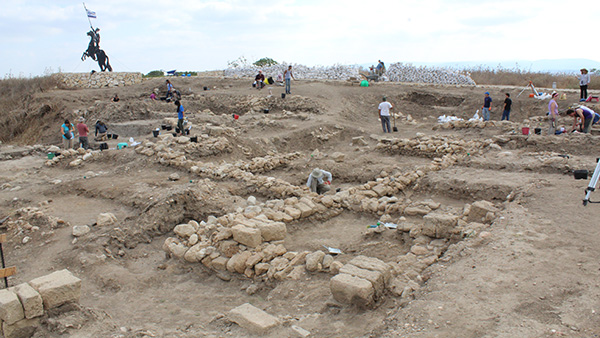
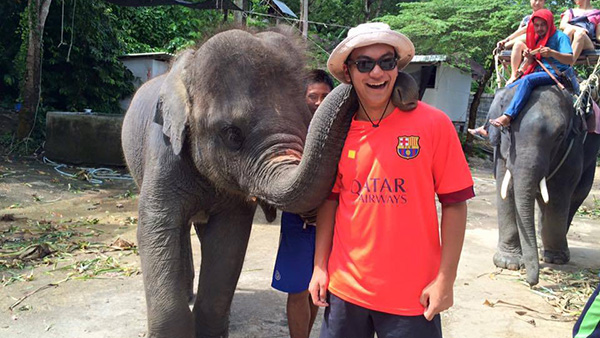
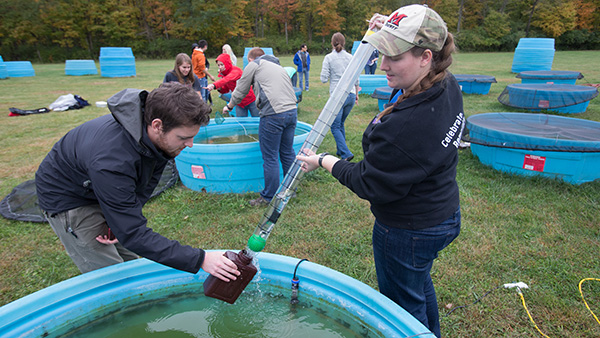
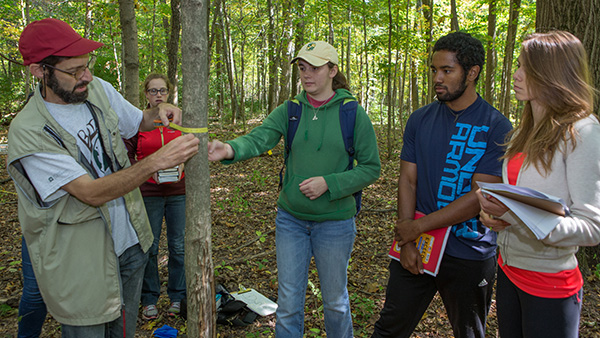
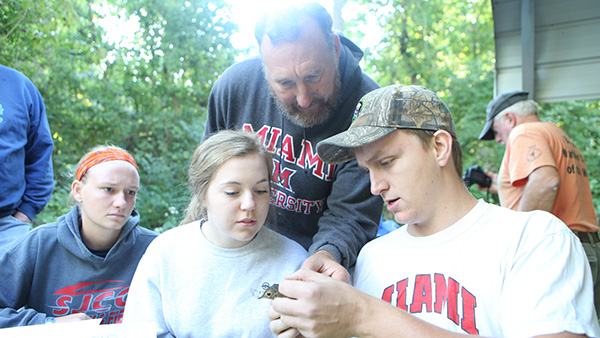
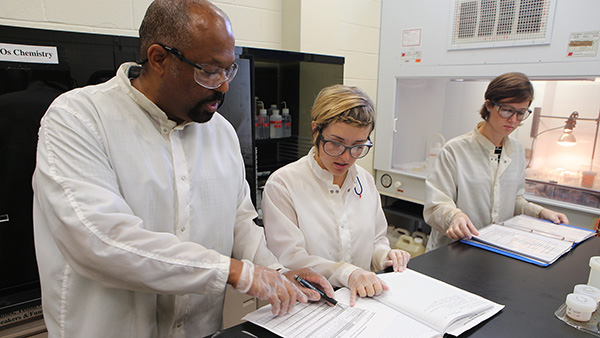
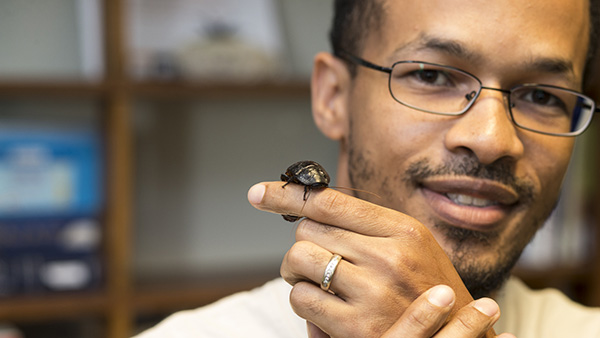
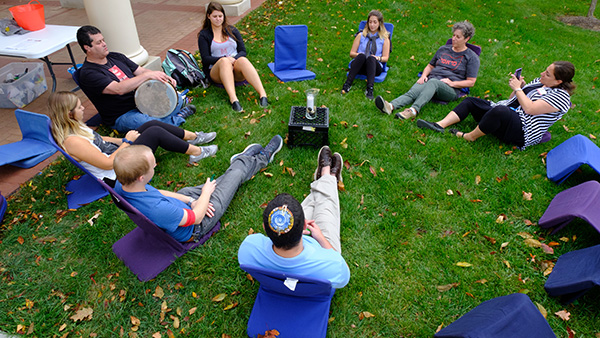
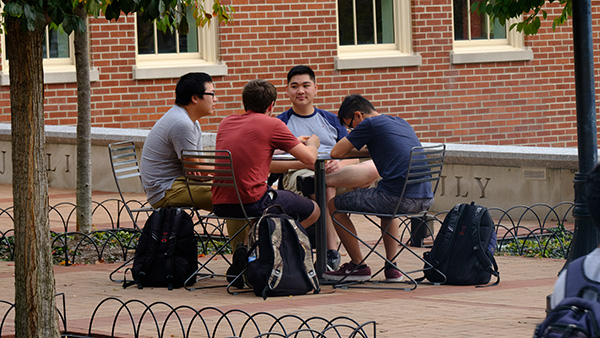
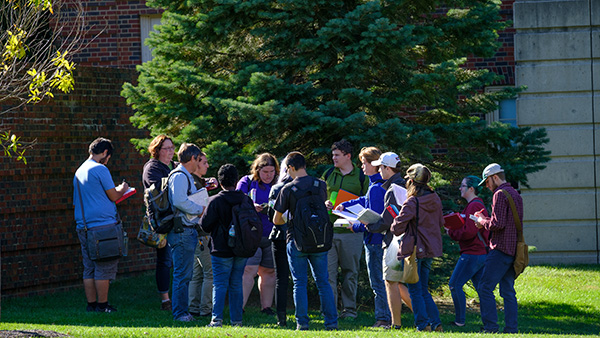
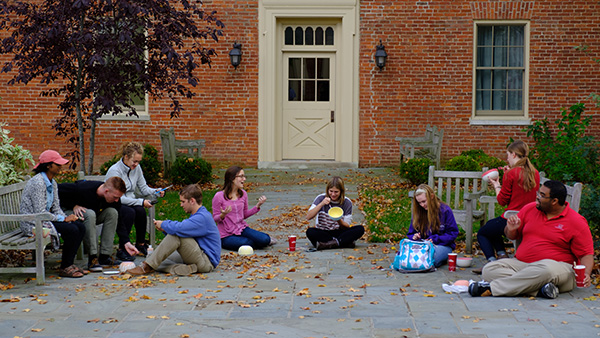
Service-Learning Projects have the potential to transform student learning. Currently, over a semester timeframe, students have the potential to develop a sense of social responsibility and an ethic of service. Leadership and social skills can be learned. However, there can be some problems and limitations in completing Service-Learning Projects that must be addressed to strengthen student experiences.
Better Understanding Service-Learning Projects
- Do the current demands that universities places on Service-Learning Projects limit the ability to address community needs at a structural level?
- Are they organized to respond to the needs of an academic institution, the students, and the instructor OVER the needs of the agency and the community?
- Do the two primary stakeholders lack a shared understanding of the dynamics of the other (i.e. different cultures, purposes, or languages)?
- Is Service-Learning used as a public relations device to enhance the university's reputation?
- Why do students participate?
- Requirement for graduation only?
- It makes them feel good?
- It builds their resumes?
- In student reflection, are the explanations of social issues gained after completing a Service-Learning Project too individualistic?
- Are there students who will do low-quality work or try to do no work (cheat) to earn course credit, i.e. "those who put up with it"?
- What percentage of the course grade is the Service-Learning component?
- Are International students engaged?
- Do community agencies use Service-Learning Projects to get free labor and/or to gain prestige? Are they "using" the students?
- Are communities merely laboratories for experiments?
- Often, students enter communities from outside.
- This may reinforce the idea that communities are deficient and need outside resources to work on their problems.
- It may exaggerate the importance of the person who serves.
- It may demean the person served.
- It may ignore other resources in the community such as peers, families, and community leaders.
- The political, social, and economic factors that create the need are not recognized.
- Often, students enter communities from outside.
- What are some of the constraints in conducting Service-Learning Projects?
- Students must serve on schedules dictated by the college calendar, sports events, classes, availability of transportation, and other personal commitments.
- Safety and liability considerations impact what they can do.
- If service-learning is done within a course, activities need to fit with course objectives.
- Many students have little experience working with people different from themselves.
- Many students have little exposure to the issues involved in their service activity.
- Many professors are experts in their disciplines, but not in community service or building cross cultural relationships.
- Service-learning has the potential to do harm to individuals – particularly children.
- Students come and go, so relationships are short term.
- A short relationship for a student may be a significant relationship for a child or young adult.
- Breaking the relationship at the end of the assignment can be traumatic and can add to the fragmentation that is typical in poor communities.
Research Thoughts: What do the students really learn about Service-Learning Projects since most of the research is academician-based?
- Do students actually learn anything about the nature of social problems and of strategies for fundamental social change?
- Students should develop a "sociological imagination." (the ability to see patterns, structures, and/or social context).
- Without appropriate training, orientation, and reflection, there can be ineffective and harmful kinds of service.
- Should community leaders and residents have a voice about what is learned?
- Should the perspectives of all of the stakeholders be incorporated?
- There are six sets of primary stakeholders:
- Students
- Faculty
- Educational institutions
- Service-Learning Project recipients
- Community agencies
- Communities.
- Need data beyond input measures like tasks done or hours served.
- What are some ways to improve Service-Learning Projects?
- There are six sets of primary stakeholders:
- What about developing case studies?
- Effective programs can be used as models for planning and evaluation.
- Ineffective programs can help identify critical factors for success.
Service-Learning Project Checklist - principles and practices:
- Responsible and challenging work for the common good.
- Clear goals and objectives.
- Critical reflection on activities
- Interdisciplinary approach.
- Identification of clear responsibilities of all partners, careful matching of providers and needs, sustained organizational commitment, providing training, supervision monitoring, support recognition and evaluation of programs, flexible and appropriate time commitments, and participation with diverse populations.

